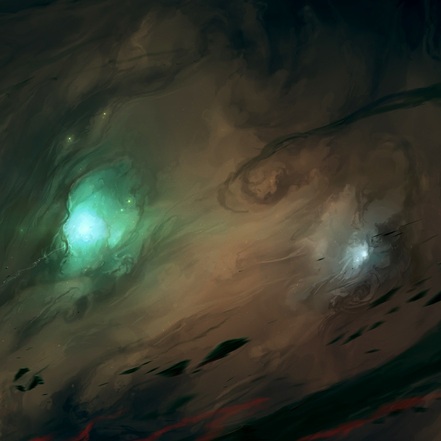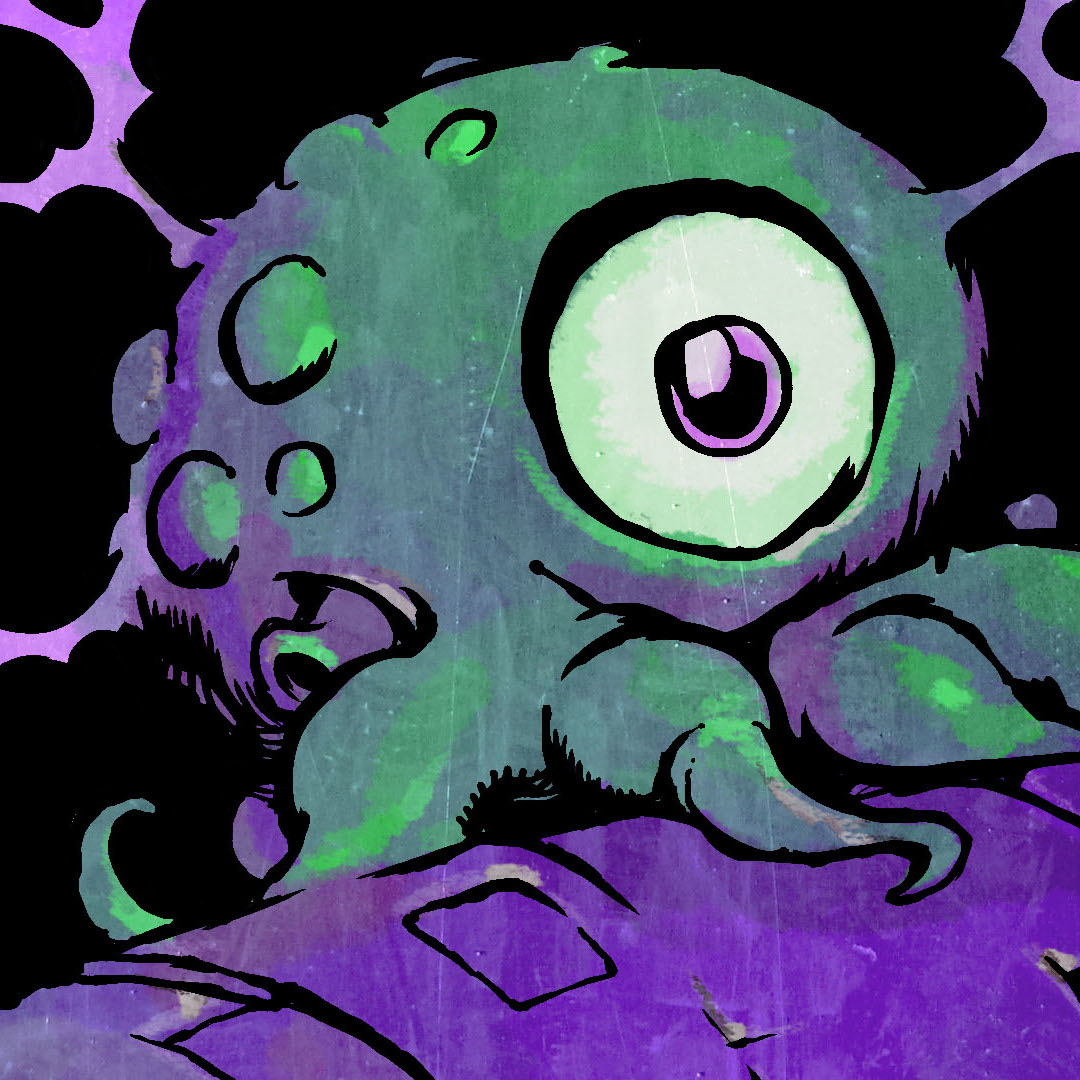A student, as part of a contest, used a machine-learning algorithm and CT scans to analyse on closed scrolls, buried by Mount Vesuvius in October AD 79. The breakthrough could unlock the contents of hundreds of never-before-seen writings.
“Epstein didn’t kill himself”
Sooo… how can they verify that it is reading it correctly…?
We can see how it makes the translation and verify that it’s making accurate judgements based on the data it’s being fed. We can check the AI against controls too, other scrolls that we know what they say already and feed it data on them until it gets very accurate on those ones. Then apply that model to these unknown scrolls.
Note that the AI discussed in the article wasn’t translating anything. It was determining what was written in the original language by using scans of sections of the scroll, taking into account patterns (the “crackle”), differences in texture, etc., that hadn’t been leveraged in this way before.
Otherwise you’re spot on - it was trained on other similar scans that exhibited those patterns where the written text was already known.
Thanks to you and the next person for the extra detail.
We already know the language that’s not what they are saying, this is reading the inside the rolled up scroll that’s too fragile to unroll so we don’t know what was in there
deleted by creator
I want an AI based translation of all the Dead Sea Scrolls as long as we can remove the bias from the training data.
Emphasis mine. So then you don’t want an AI based translation of all the Dead Sea Scrolls?
deleted by creator
Reality is biased.
I don’t see the point, I’ve never seen an AI that can translate better than a human
That doesn’t mean one doesn’t exist. Think of how far video transcription has come in the last decade. AI will absolutely surpass human ability to quickly and very accurately translate text.
deleted by creator
Regardless of capability a human will have a bias. So maybe have multiple humans of varying beliefs and then have the AI train to remove the bias?
AI might also have a bias depending on its training data.






